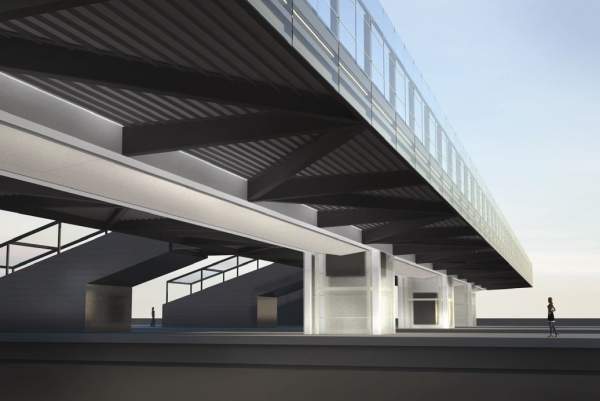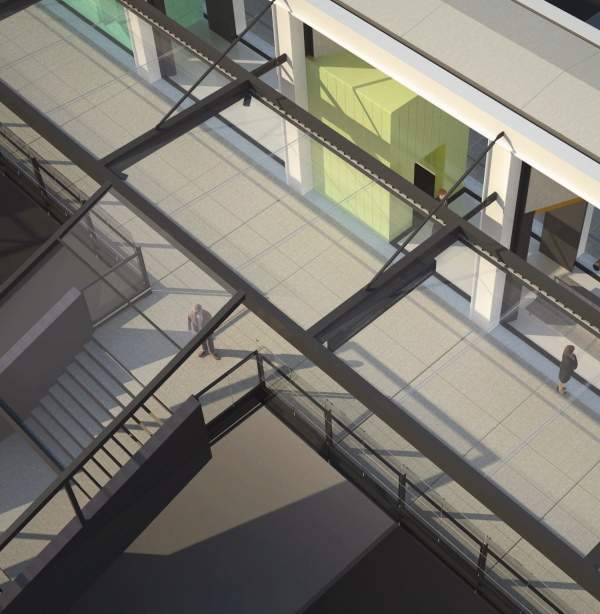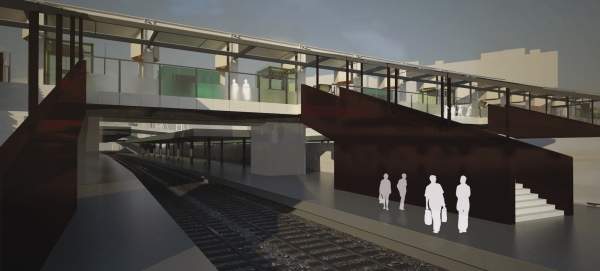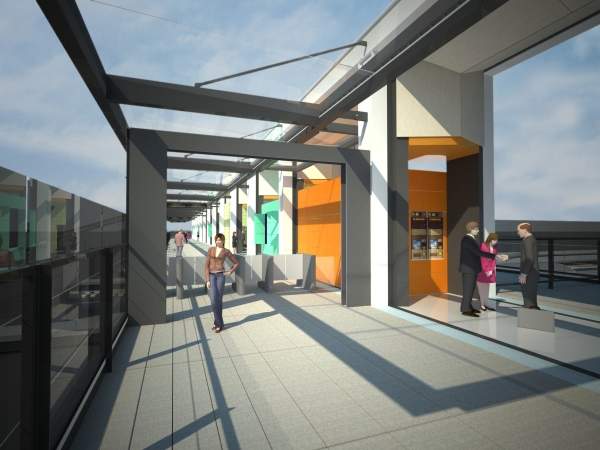East Croydon Station is one of the busiest railway stations in London. It is located 10.35 miles south of London Bridge, UK. The station is used by all train services to and from Victoria, Brighton and London Bridge stations. It is owned by Network Rail and managed by Southern Railway, a subsidiary of Govia.
The population of East Croydon increased to more than 233,000 people by 1921, from the 16,700 people at the time of opening the station in 1841. Congestion caused by the increasing population required the station to be expanded several times.
A £20m station redevelopment project was initiated in 2010 by Network Rail to avoid the congestion at the station. It is expected to be completed by November 2013.
History of East Croydon railway station
The station was opened in July 1841. The station building was designed by David Mocatta. It was jointly administered by The London and Brighton Railway (L&BR) and the South Eastern Railway between 1842 and 1846.
In June 1839, London and Croydon Railway (L&CR) also opened a station in Croydon town with the same name. In 1846 both L&BR and L&CR emerged to form a single entity called the London, Brighton and South Coast Railway. The two Croydon stations which were under their administration were renamed as East and West Croydon to avoid confusion.
The station was fully rebuilt and all the rail tracks were remodelled to avoid congestion during 1894-1895. The existing station building was rebuilt in August 1992. It was designed by Alan Brookes Associates.
YRM Anthony Hunt Associates were the structural engineers for the project.
The main features of the building included using 440m² and 800m² of glass in the construction of the roof and wall glazing respectively, construction of approaches to the tram station, covering the entrances with external canopies, a café with open air seating and installation of four steel masts to anchor the glass box.
A new tramlink stop was opened at the station in May 2000.
Redevelopment project details
The station redevelopment was proposed by Network Rail in 2010. The project aims to increase passenger capacity at the station entrance to avoid congestion and provide easy and level access to all platforms through lifts.
The £20m station redevelopment project involves construction of a new footbridge, a new station concourse area and lifts. The project is funded by Network Rail (£14m) and Croydon Council (£6m).
Design and construction of the new footbridge at the south London rail station
Construction of the footbridge was approved in February 2011. It involves linking all the six platforms of the station and creating new entrances and exits at Cherry Orchard Road, Ruskin Square and Dingwall Road.
It was designed by Hawkins/Brown, Studio Egret West and Mott MacDonald. Construction of the footbridge will begin with the removal and dismantling of the old Royal Mail Conveyor bridge by the end of 2011. It is expected to be completed by November 2013.
The new footbridge will consist of a 4m wide narrow vierendeel span beam truss with 6mm wide cantilevering on southern and northern walkways. The southern walkway will be public and the northern walkway will be ticketed.
The station has six railway and three tramlink platforms. The facilities at the station include a subway connecting all platforms, slope on all platforms to provide easy access to the people with disabilities, three ATMs, ticket machines and luggage trolleys.
The station has two entrances – one at George Street and the other at Cherry Orchard Road. Many shops and restaurants are available within the station.
All six platforms are facilitated with waiting rooms, train announcements, display boards and customer assistance counters.











